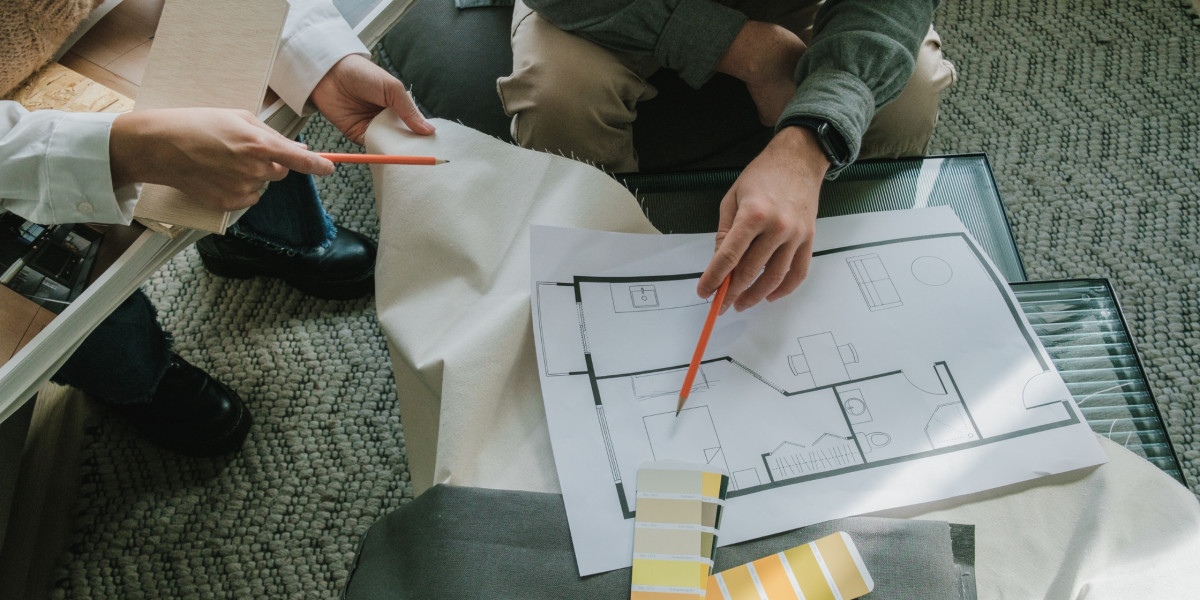In today’s fast-moving construction industry, civil engineers are expected to do much more than design strong structures. Clients now demand a combination of technical excellence and aesthetic value. As a result, many engineers are looking to expand their skills beyond traditional boundaries — and interior design is a natural next step.
But what if you’re already working full-time or juggling a packed academic schedule? The good news is: you don’t need to commit to a full-time degree. With short interior design courses tailored for engineers, you can gain valuable, in-demand skills without disrupting your routine.
This blog explores how short-term interior design courses — especially those offered by institutes in Bangalore — are empowering engineers to enhance their careers without sacrificing their time.
Why Engineers Are Turning to Interior Design
Traditionally, interior design was viewed as the domain of architects and creative professionals. But that’s changing rapidly. Engineers are increasingly expected to understand:
Space planning and layouts
Lighting and color usage
Material finishes and aesthetics
Human-centered design principles
Why? Because clients today want buildings that aren’t just functional — they want them to look good, feel comfortable, and meet lifestyle or brand needs.
By learning the basics of interior design, engineers become more versatile, collaborative, and client-friendly — traits that are highly valued in multidisciplinary projects.
The Power of Short-Term Courses
If you’re wondering how to fit design education into a busy schedule, short-term courses are the solution. These programs are designed for professionals who want to upskill quickly and efficiently.
Key Features of Short-Term Interior Design Courses:
Duration: Typically ranges from 1 week to 6 months
Flexibility: Weekend or evening batches available
Focus: Targeted topics like space planning, design software, or material selection
Project-based: Emphasis on hands-on assignments and real-world applications
Certification: Receive industry-recognized certificates upon completion
These courses are ideal for:
Civil engineering students
Working professionals in construction
Freelancers or entrepreneurs
Site supervisors or project managers
What Can You Learn in a Short Course?
While short-term courses are compact, they cover a lot of ground — particularly skills that complement engineering knowledge.
Here’s what a typical curriculum may include:
1. Design Principles & Space Planning
Learn how to structure a room or space for maximum usability, comfort, and flow — a skill especially useful for engineers working on residential or commercial projects.
2. Material Knowledge
Understand the properties and applications of interior materials like tiles, laminates, wood, glass, lighting fixtures, and soft furnishings.
3. Basic Aesthetics
Get introduced to color theory, furniture layout, lighting design, and mood creation — tools that elevate both your creativity and technical judgment.
4. Software Tools
Hands-on sessions in:
AutoCAD for 2D layouts
SketchUp or 3Ds Max for 3D modeling
Photoshop or Canva for presentation boards
These tools help you visualize and communicate your ideas more effectively to clients and collaborators.
5. Portfolio & Presentation
Most short courses include a final project where you apply what you've learned and build a basic portfolio — which is great for showcasing new skills in job interviews or client meetings.
Why Choose Bangalore for Your Course?
Bangalore is a thriving hub for both construction and design industries. The city’s growth has led to a high demand for professionals who understand both technical and aesthetic aspects of building projects.
Enrolling in a short-term interior design course in Bangalore offers several benefits:
✔️ Access to Top Institutes
Bangalore hosts reputable design institutes like INIFD, Cindrebay, DreamZone, LISAA, and IDP, which offer short-term programs specifically designed for engineers and working professionals.
✔️ Industry Exposure
Courses often include site visits, guest lectures, and real-world project experience, connecting you directly with professionals in architecture, interiors, and construction.
✔️ Flexible Learning Options
Most institutes offer part-time, weekend, or evening classes, perfect for busy engineers who need to balance work or studies.
✔️ Networking Opportunities
With students and professionals from diverse backgrounds, you’ll have opportunities to collaborate and learn from others in related fields — from architecture and construction to lighting and furniture design.
How It Adds Value to Your Engineering Career
Here’s how a short-term interior design course can give engineers a competitive edge:
Better collaboration with architects and design teams
Improved communication with clients about space, materials, and finishes
Added services to offer in freelancing or independent projects
Faster project turnaround with fewer design errors or miscommunications
Enhanced creativity in designing functional and attractive spaces
More informed decision-making when selecting finishes, layouts, or lighting
In short, it allows engineers to see the full picture, not just the framework.
Tips for Choosing the Right Course
When selecting a short-term interior design course, keep the following in mind:
Relevance – Look for a curriculum that aligns with your field of work (e.g., residential, commercial, site coordination).
Mode of Learning – Choose offline, hybrid, or online depending on your availability.
Software Training – Make sure it includes key tools like AutoCAD or SketchUp.
Faculty & Mentors – Look for courses taught by experienced designers or architects.
Portfolio Support – A course that helps you build real-world projects will be more valuable long term.
Final Thoughts
If you’re a civil engineer who feels stretched for time but eager to grow your skills, a short interior design course could be the perfect fit. It won’t demand a huge time investment, but it can dramatically upgrade how you think, work, and build.
Whether you're seeking to boost your creativity, improve client satisfaction, or explore new income streams, a short-term design course gives you the foundation to do more — without putting your career or studies on hold.








